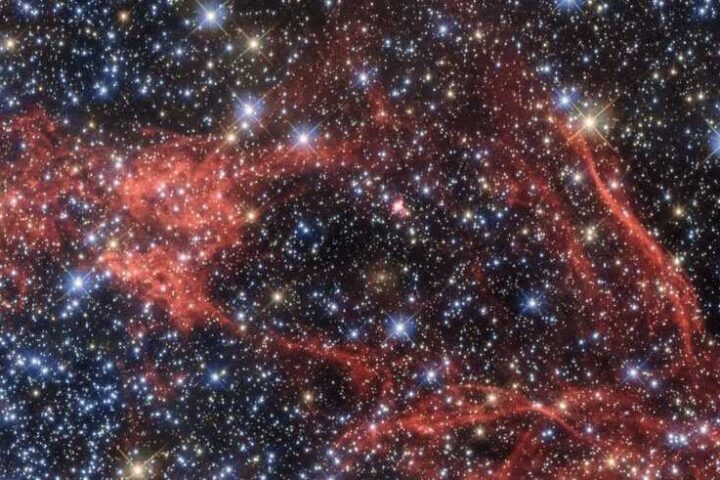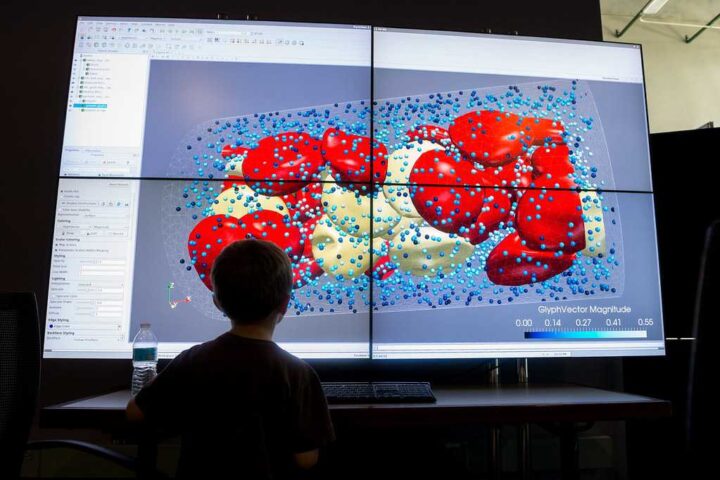In an era where water scarcity poses a mounting global challenge, artificial intelligence has emerged as a practical tool in detecting water leaks. The technology, developed by FIDO Tech and implemented through Microsoft’s water replenishment program, uses sound waves to identify leaks in water systems – a problem that wastes between 30% to 70% of piped drinking water worldwide.
The system’s deployment in San Tan Valley, Arizona, demonstrates its real-world application. A medium-sized leak in a fire hydrant, losing 3-7 gallons per minute, was detected before any visible signs appeared. “That’s something that probably most likely would have leaked until the next fire hydrant maintenance cycle, which could be up to five years,” notes Jacob Rogers, division director at EPCOR.

The AI tool’s effectiveness lies in its ability to analyze acoustic data from sensors placed on water pipeline networks. “Water pipes are really noisy. We can tell if that noise it isn’t a leak or not. The AI cuts through all that noise,” explains Victoria Edwards, CEO of FIDO Tech.
A notable advancement is the system’s capability to detect leaks in plastic pipes, which has traditionally been difficult due to poor sound resonance. This matters particularly in regions like the southwestern United States, where plastic pipes are increasingly common due to soil chemistry and installation practicality.

The financial implications are substantial. EPCOR’s experience in Arizona illustrates the scale of the problem. “We’ve acquired troubled utilities in Arizona that had 30 to 40 percent water loss,” reports Shawn Bradford, senior vice president of regulated water at EPCOR. After implementing FIDO’s technology, EPCOR reduced non-revenue water from 27% to approximately 10%.
More Stories
The technology has been deployed across diverse locations:
- Thames Water utility in London
- State Water Commission in Querétaro, Mexico
- Las Vegas Valley Water District, serving 1.7 million people
The system employs 4,554 sensors across EPCOR’s 160-square-mile San Tan service area. These sensors:
- Record all acoustic signals, including low-volume sounds
- Analyze data through deep-learning AI
- Determine leak location and size
- Allow natural language interaction for technicians

While the technology shows promise, several considerations warrant attention:
- Infrastructure Requirements: The system needs extensive sensor deployment across water networks.
- Cost Implications: Though Microsoft funds detection, utilities bear repair costs.
- Implementation Challenges: Urban development and construction can affect system effectiveness.
The World Bank’s data on urban water losses ranging from 30% to 70% underscores the urgency of addressing this issue. However, the technology’s success will depend on widespread adoption and continued refinement of its capabilities.


















